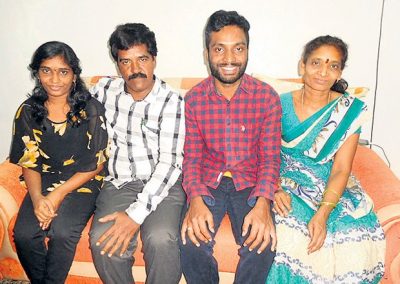Sip salty tea as you explore a landscape dotted with majestic peaks, valleys, monasteries and remnants of a conflict. Notes from a journey to rediscover a forgotten paradise
Perhaps it is because I grew up in Kashmir surrounded by mountains, that I am always enticed by them. I visited Ladakh for the first time three decades ago with a few friends. We flew to Leh from Srinagar and travelled by road on our way back, stopping halfway at Kargil for a night.
I visited Ladakh once again with friends in a car. We left Srinagar for Zanskar in the morning.
The first mountain pass on the Srinagar-Leh highway was the infamous Zoji La. I found the road as rough now as it was when I travelled along it 30 years ago. A new and wider road has been built which is used by Army trucks with 20 wheels that carry heavy artillery to Kargil. A tunnel is currently being dug under the Zoji La and it will take some years to complete. On the other side of the pass, is a bend in the road called Captain’s Turn named after an engineer who fell to his death during the construction of the road in the 1950s. We stopped at a roadside stall in Drass for a cup of salty Kashmiri tea. Drass is the gateway to Ladakh and considered one of the coldest inhabited places on the planet during winter.
We came across a high wall on one side of the road while driving towards Kargil. It was built to protect a convoy of military vehicles from shelling by the Pakistani army.
We stayed out-of-town in a hotel located on the banks of River Suru, an ideal location to explore Suru Valley. We watched the mountains from our balcony and how they continually change colour in the evening.
The next morning, we left for Rangdum. The first section of the road was surfaced and offered resplendent views of the Suru Valley, with green fields enclosed by poplars, willows and apricot trees. I was eager to catch sight of the Nun and Kun peaks on our way to Rangdum, the highest peaks in Kashmir on this side of the LoC. The second highest peak in the world, K2, lies on the other side. It was named by a British surveyor who labelled it when he sketched two Karakoram peaks from Harmukh, identifying them in his notes by the symbols K1 and K2. I saw the Harmukh peak in my youth and it cast a spell on me that has stayed.
A few miles before reaching Rangdum we passed a camping site with a few tents pitched on the green grass by an aquamarine stream. As we approached a monastery built on top of a hill in a wide valley, the sunlight at dusk turned the mountains behind the monastery into a colour palette of beige and brown. When I stood at the monastery I found that the sun had set aflame the trough formed by the slopes of two mountains. I tried capturing it on my phone camera but it was too grand a spectacle for a small device to do justice to it.
The mountainous landscape of shattered rocks in Zanskar was spectacular, more so because it was so peaceful. And peace is always beautiful.








